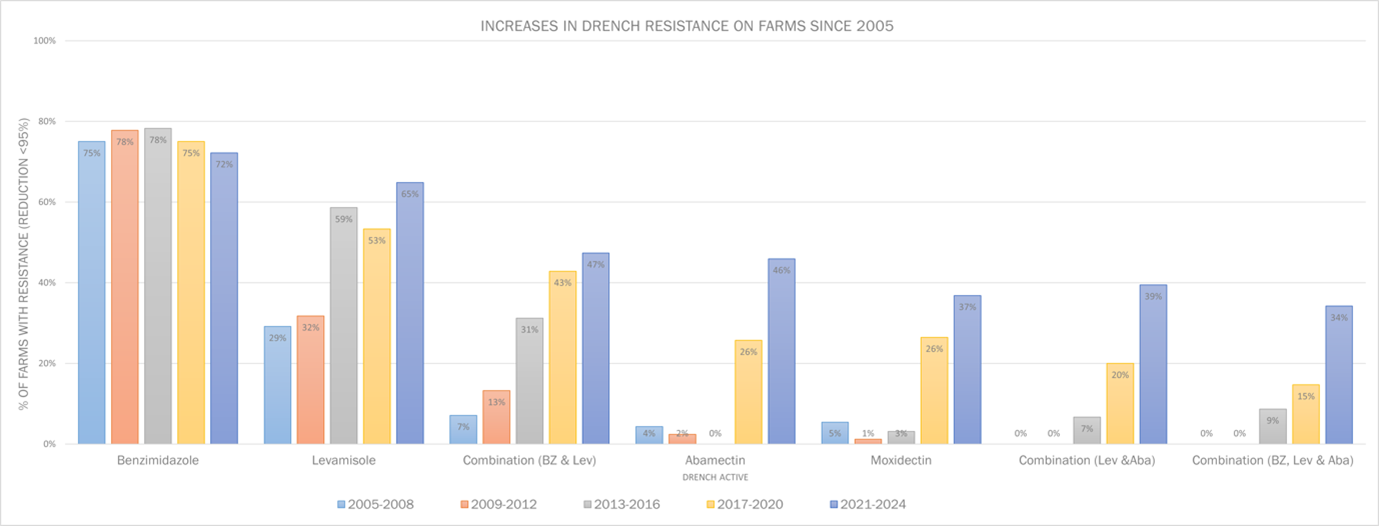One third of NZ sheep farms have triple drench resistance
Testing from Techion shows triple drench resistance is on the rise
14 August 2024
New Zealand: At least one in three Kiwi sheep farms has triple drench resistance according to the latest drench efficacy testing undertaken by Techion.
The sheep industry’s reliance on drenches to deal with parasites is the reason a growing group of farmers are facing the failure of their drenches. The good news is that the problem can be managed. However, farmers have to integrate alternative parasite management approaches and move beyond relying solely on drenches to deal with the parasite problem.
Based on Techion’s 2024 FECRT results the number of farmers impacted by drench resistance is trending up exponentially. A further analysis of data estimates the production cost to the sheep industry at $110 million annually; equating to around $70,000 per property for farmers unknowingly using ineffective drench.
Every year Techion, undertakes more than 50,000 FEC (Faecal Egg Count) tests at its Mosgiel laboratory and its network of FECPAK users, including FECRT (Faecal Egg Count Reduction Test) tests through its DrenchSmart service.
Results for the first seven months of 2024 showed that triple drenches (BZ/Lev/Aba) were failing on 34% of New Zealand sheep farms. Other common drench options fared no better; BZ/Lev combinations failed on 47% of properties, while Lev/Aba combinations failed on 39% of properties tested.
Techion Founder and Managing Director, Greg Mirams says, “Another significantly worrying trend in this year’s results is that drenches including Monepantel/Abamectin (sold as Zolvix) and Derquantel/Abamectin (sold as Startect) are showing signs of diminished efficacy on a growing number of properties.”
While the underlying reason for these newer actives losing efficacy is yet to be explained, at this stage it appears there is a link between the increasing failure of Abamectin active with properties that have a parasite population that is highly resistant to a range of other drench actives.
Until now, the newer novel active drenches, such as those containing Monepantel and Derquantel, have been considered the gold standard for quarantine drenching or as effective options in cases where farmers have widespread drench resistance.
Compounding this issue, these novel actives are expensive and at times, challenging to source. Without access to effective drenches, farmers have limited options to preserve animal health and flock performance if drenching is the primary tool in their farm’s parasite management toolbox.
“As access to effective drenches reduces, integrated parasite management strategies are essential to safeguard the future of animal health and performance,” Greg says.
“With a one in three chance of new stock coming from a farm with triple resistance, it is essential farmers’ quarantine procedures are effective. By undertaking FEC testing following a quarantine drench, farmers can gain comfort that imported animals are not passing resistant parasites onto their property. Beyond the quarantine procedure, farmers need to take control of their parasites by educating themselves on alternative parasite management options related to their operation. The key is the ability to monitor FEC levels and the implementation of integrated parasite management strategies.”
“At a time when the farming sector is facing low returns, being able to manage farm costs is vital. Paying for and using drenches without checking they are working could be wasting time and money. The most critical step is to know what you are dealing with, which begins by investing in a FECRT test to ensure that the drenches being purchased are effective,” Greg says.
-ends-

Techion FECRT results since 2005 shown by drench active
